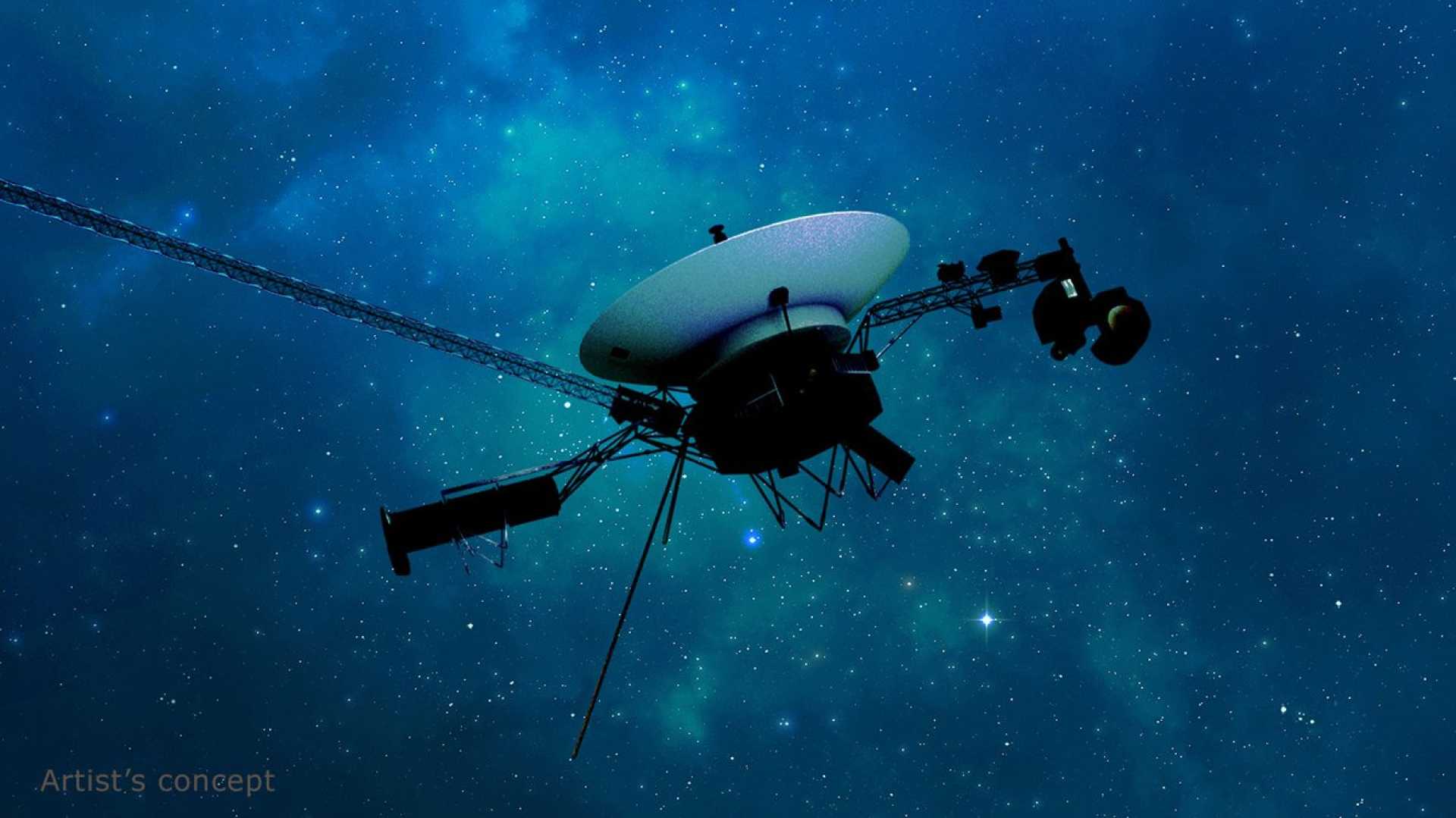News
Voyager Spacecraft: Voyager 1 Regains Data Transmission, Voyager 2 Faces Instrument Malfunction

NASA‘s Voyager 1 spacecraft has made a significant recovery, resuming the transmission of readable data to Earth after a five-month period of sending incomprehensible messages. This development is a relief for NASA engineers who have been monitoring the spacecraft’s journey for over 45 years. Voyager 1, now nearly 16 billion miles away from Earth, continues to provide valuable insights into deep space and the interstellar medium.
In contrast, Voyager 2, the twin spacecraft of Voyager 1, is facing a different challenge. One of its key instruments, designed to measure charged particles in planetary magnetospheres, the solar wind, and the interstellar medium, has malfunctioned. Despite this setback, Voyager 2’s mission remains ongoing, contributing to our understanding of the cosmos even as it ventures further into the stars.
Voyager 1 is currently located in the constellation of Ophiucus, with its position observable from Earth in the East-North-East direction at a low altitude above the horizon. The spacecraft’s journey has been marked by several historic milestones, including the famous “Pale Blue Dot” photograph of Earth taken at the request of Carl Sagan in 1990.
The ongoing missions of both Voyager spacecraft underscore the enduring legacy of NASA’s exploration efforts and the significant scientific contributions these vehicles continue to make despite their age and the vast distances they have traveled.












